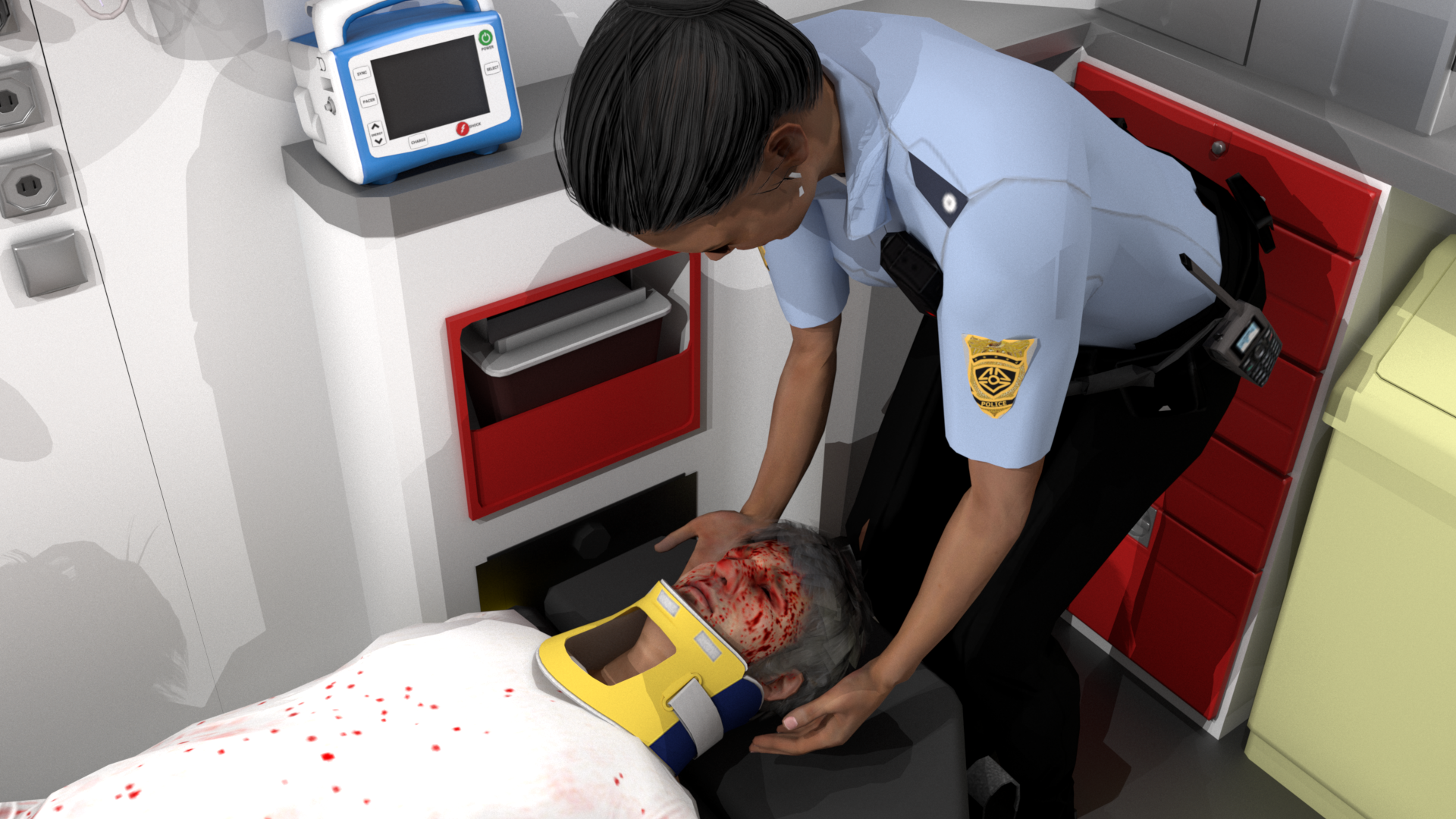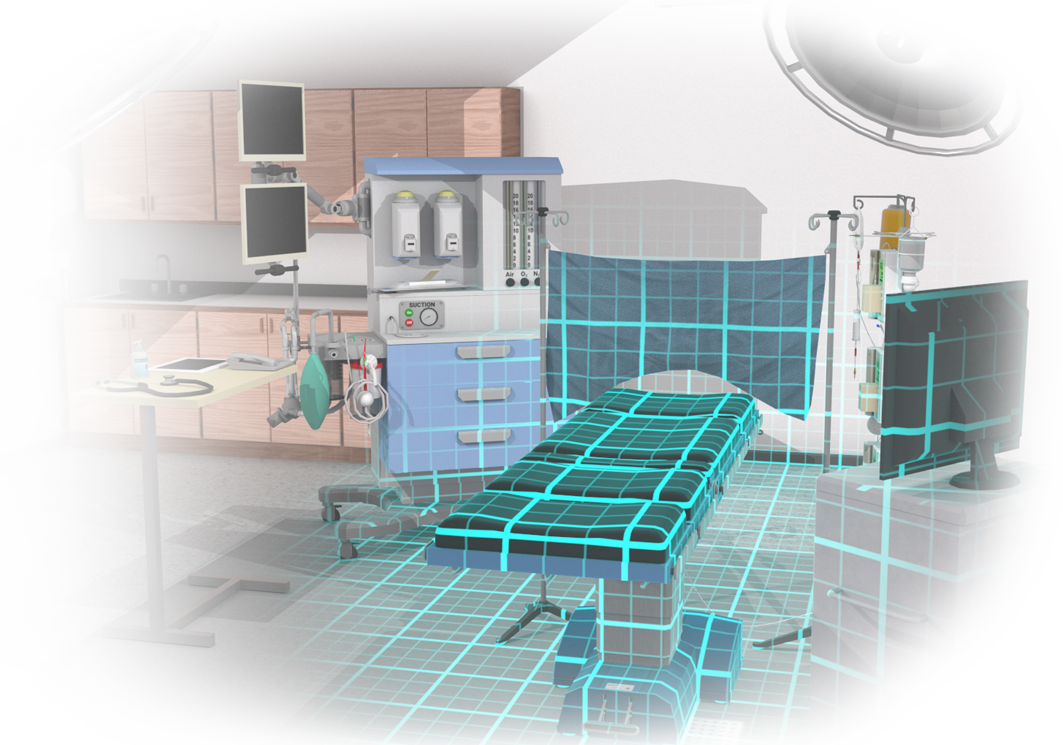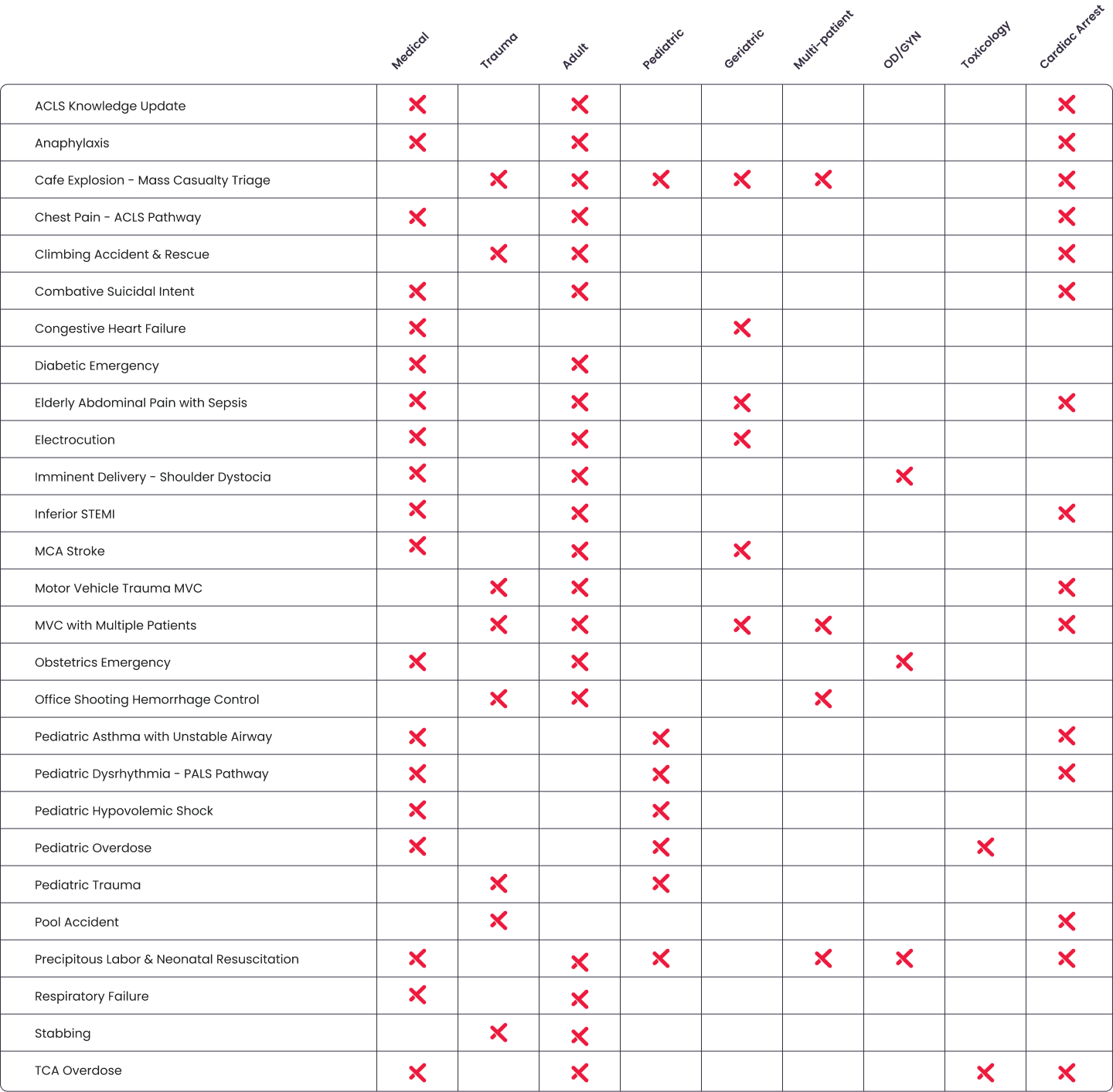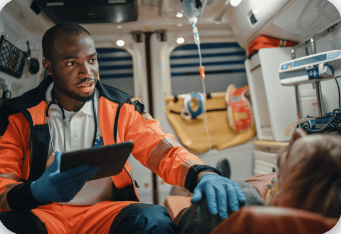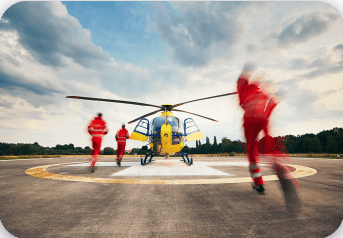In this scenario, a 56-year-old male patient arrives at the emergency department with chest pain with symptomatic bradycardia and unstable...
What is VR training for EMS?
Virtual Reality (VR) training provides an environment where first responders can immerse themselves in a wide range of highly realistic medical scenarios where they can practice vital protocols and develop critical decision making skills in a risk-free environment.
Using a VR training system, paramedics, EMTs, and other first responders can train for challenging situations like multi-casualty rescue scenarios to prepare for the challenge of controlling stress levels and honing quick decision making skills.




